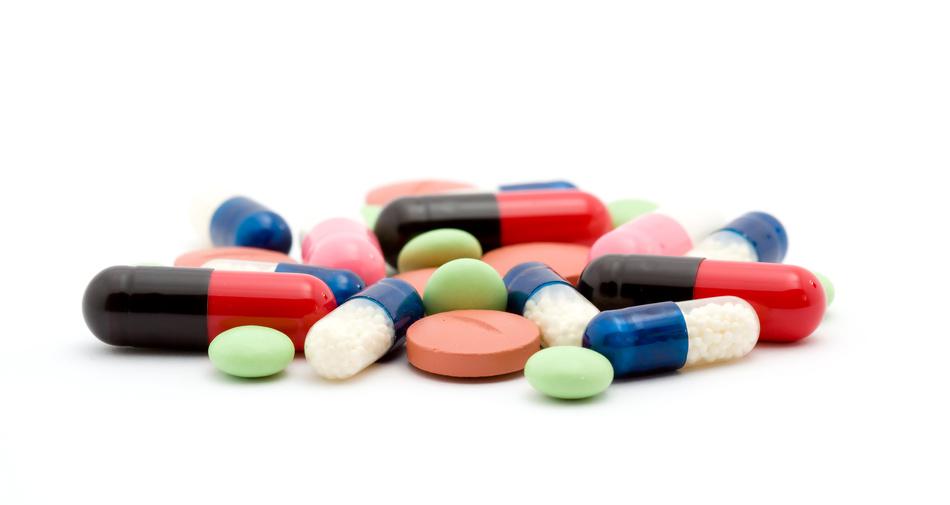The modern world has witnessed a rise in the number of people abusing prescription drugs in addition to alcohol. However, many fail to realize to potential consequences in using alcohol and prescription drugs in combination.
Today, more than 2,500 teenagers between the ages of 12 and 17 will abuse prescription drugs for the first time. This shocking number of substance abuse is only superseded by alcohol abuse. In order to protect your loved ones from the lethal combination of prescription drug and alcohol abuse, you need to understand the real numbers behind this growing trend and the medications that interact with alcohol.
Three common classes of drugs make up the greatest portion of prescription drug abuse.
-
Opioids
-
Fentanyl
-
Hydrocodone
-
Oxycodone
-
Oxymorphone
-
Propoxyphene
-
Hydromorphone
-
Merperidine
-
Diphenoxylate
-
-
Central nervous system depressants
-
Pentobarbital sodium
-
Diazepam
-
Alprazolam
-
-
Stimulants
-
Dextroamphetamine
-
Methylphenadate
-
Amphetamines
-
In 2007, more than 4.4 million teenagers had admitted to abusing prescription drugs in the U.S.; however, the problem of prescription drug abuse reaches into the far corners of the world, which includes Europe, Asia, Australia, India, the Middle East, Central America and Africa.
The most common misconception behind prescription drug abuse involves an irrational belief that prescription drugs are safer than many other drugs; this is even more significant in the cases of over-the-counter drug abuse. Medications, such as Coricidin, Alka-Seltzer, Pseudoephedrine, and many more cold medicines, bought over the counter can be abused much more easily than prescription drugs, but they still can be harmful when used in combination with alcohol or in large quantities.
Alcohol and prescription drug interactions
Approximately 914 prescription and over-the-counter drugs can have an adverse interaction when taken in conjunction with alcohol, especially medications containing acetaminophen. The liver metabolizes alcohol from the blood stream as well as most medications. Unfortunately, large quantities of prescription drugs or alcohol can permanently damage the liver, such as liver failure or cirrhosis of the liver. In addition, alcohol can intensify the side effects of many medications.
Since alcohol is a depressant, depressant prescription drugs can result in even more relaxation and depressant activities on the body. Breathing will become shallower, heart rate will decrease, and neurological functioning will diminish. In cases of overdose, these decreases in body function can lead to coma, death or permanent brain injury.
In addition, depressants, both alcohol and prescriptions alike, reduce rational thought and inhibitions, which makes the person using these substances more likely to engage in more risky behaviors. This opens the door to stronger drugs, unsafe sexual practices or violence. Opioids possess similar qualities to depressants and alcohol in how they affect the body. Although opioids can cause significant damage to the liver and central nervous system, stimulant abuse with alcohol abuse can be an even deadlier combination.
The name gives stimulant’s effect away; they stimulate the body. Heart rate, respiration and energy levels increase, which puts a person at risk for strain on cardiovascular and respiratory systems. When alcohol is introduced to the body with stimulants, the two drugs cancel the other’s effects, which results in the person using more of either the prescription drug or alcohol to achieve a certain high. This is where the danger for overdose becomes the greatest out of all prescription drug and alcohol abuse cases. The risk for stroke or a cardiac irregularity becomes higher, and liver damage is inevitable. In some cases, alcohol poisoning and prescription drug overdose warrant immediate medical intervention.
Alcohol and prescription drug abuse have grown together in the world, but we have the ability to reduce the number of injuries and deaths from the lethal combination of these substances. Fortunately, an array of addiction treatment centers exist to help youth and adults dealing with substance abuse problems. If you feel that you or a family member needs help, remember that it’s never too late to seek treatment and rehabilitation.

